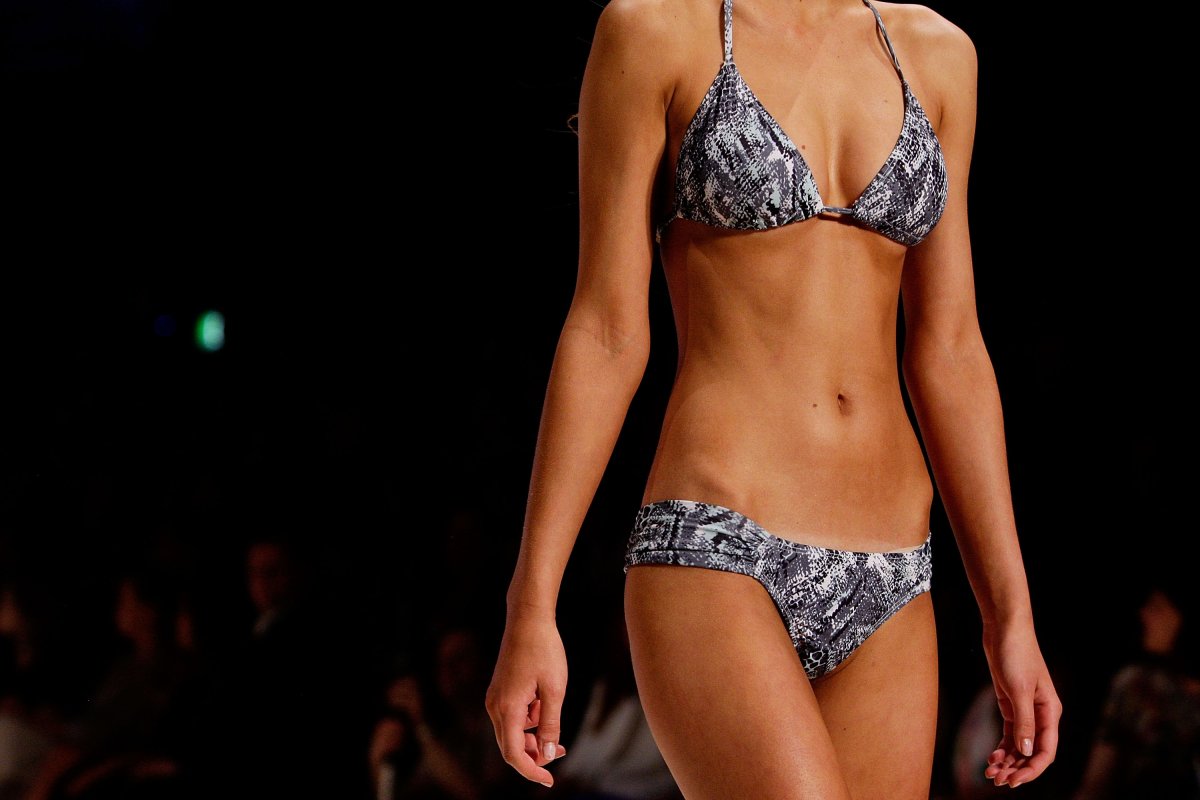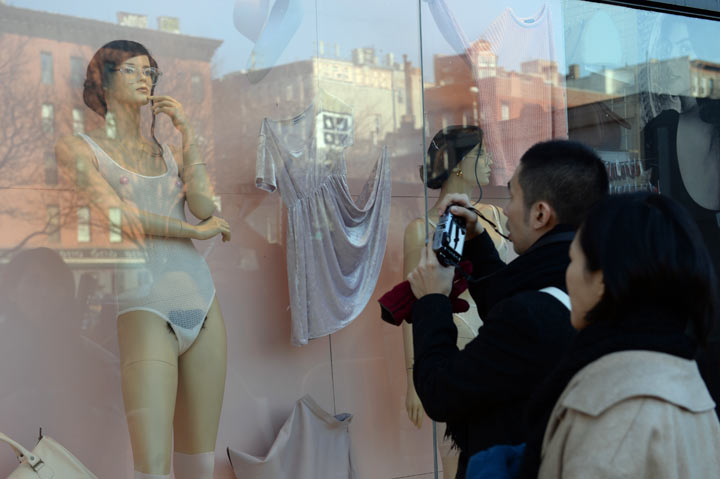For many young women, getting their pubic hair ripped out has become a monthly (and often costly) ritual.

According to a new study published this week in JAMA Dermatology, 83 per cent of over 3,300 women surveyed across America do some form of personal grooming. The practice appears to be most common among white and college-educated women between the ages of 18 to 34.
What’s troubling for lead author and gynecologist Tami Rowen is how early some girls start the habit.
“I just saw a 14-year-old this morning who’s not sexually active… [already] grooming.”
She doesn’t typically see a lot of teens, but her colleagues who do say, “this is very regular.” It’s partly what made her want to do this study.
Her other worry is why women choose to go bare down there.
Nearly a third of those surveyed believe grooming makes their genitals “more attractive,” while 21 per cent admit they do it for their partner. A whopping 60 per cent of them claim they do it for “hygienic reasons.”
“I think the idea that women think that this is somehow hygienic is pretty concerning,” said Rowen.
“Because I don’t think there’s any medical reason to believe that.”
Aside from reducing the risk of pubic lice (aka “crabs”), Rowen explained that getting rid of pubic hair can actually lead to a whole host of problems, including lacerations, burns, allergic reactions and abscesses.
READ MORE: STI misconceptions you should know
A 2012 study found that three per cent of emergency room visits were for genital trauma caused by grooming. Razors were the culprit in 83 per cent of the injures.
“There is a role for pubic hair,” Rowen stressed. “And that’s to protect tissue.”
She’s worried that women are making anatomy-altering choices based on a trend — one that some health experts believe is giving rise to an increase in genital cosmetic surgeries like labia reduction.
That can bring its own risks, she warned, like: pain, infection and loss of sensation due to damaged nerve endings.
READ MORE: ‘Herbal womb detox’ has women putting fragrant pearls in their vaginas
What’s behind the trend?
Porn’s penchant for “pre-pubescent”-looking vaginas probably has something to do with it, Rowen said.
“This was not common or trendy 40 years ago,” she pointed out.
“What I’m hearing from a lot of women in their 60s… they said, ‘I threw out my razor in the 70s,’ and felt liberated not to have this pressure. And now… we’re going through the total opposite.”
Bikini and Brazilian waxes (that take it all off) are more popular than ever. Sixty per cent of Toronto’s Fuzz Wax Bar clients come in for the latter, owner Jessica Frampton said.
The chain also offers a “vajacial” (a facial for your feminine parts). At least one person asks about it every day. It’s not to be confused with the “vajazzle” (vagina bedazzling — yes, that’s a thing).
Social media has undeniably helped normalize the hairless trend, as well. Instagram came under fire a few times for removing photos with pubes sticking out.
‘It’s OK to have some hair’
There’s recently been somewhat of a counter-movement to embrace the “natural” look.
Esthetician Melissa Vanasse has noticed the shift at The Ten Spot in Toronto’s Roncesvalles. Some of her clients who used to take it all off are now asking to keep the front as-is.
“Their daughters are getting a little bit older and getting their periods so they don’t want them to feel like having body hair is anything to be ashamed of.”
“They just want to show that it’s OK to have some hair.”
Vanasse said “all off” is still the most popular, though, especially in the summer and with women in their 20s.
READ MORE: Canadian women stand up to beauty pressures
Rowen hopes her study can start a dialogue about women’s grooming and help “make sure it’s not being done solely on external pressures.”




Comments